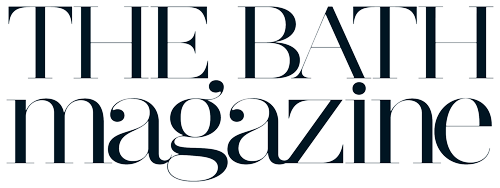Leon Ma from Ma San auction house has seen some fascinating personal collections of Chinese and Asian works of art in his time. None have been quite as astonishing as that of a gentleman from Brighton, Sussex, which goes under the hammer on 4 October. Leon gives us an insight into its wonder.
I was contacted to visit a property in Brighton to give an appraisal on a collection of Chinese antiques. The collection of this private owner had been built up over 30 years, with pieces mainly comprising Chinese late Ming dynasty (Ming dates from 1368–1644) and 18th-century export porcelain, with additional treasures either side.
When I was taken on a tour of the property housing the collection, it was astonishing to see how each room was filled with ceramics jostling for space in cabinets and on shelves, overflowing onto any available surface. In total there were around a thousand items which had to be safely packed, transported and catalogued.
I’m sharing a few of my personal favourites here, each one originating from a different period of China’s long history. All of these are from the collection which will be going under the hammer at Ma San on Friday 4 October with a total of 287 lots.
A CHINESE FAMILLE VERTE PORCELAIN CRUET HOLDER, KANGXI PERIOD (1662-1722)
The term ‘Famille Verte’ used to describe porcelain with a predominantly green colour palette. This cruet holder was made for export to a European dining table to hold condiment bottles.

A CHINESE LONGQUAN CELADON-GLAZED PORCELAIN VASE, YUAN DYNASTY (1279-1368) ‘Longquan Celadon’ refers to green glazed ceramics which originated in the kilns at Longquan in southwest Zhejiang province where such pieces were produced from the 11th to the 18th century. This vase is particularly special as it has been published and exhibited in the Helen D. Ling collection of Chinese ceramics and Helen was a co-founder of the Southeast Asian Ceramics Society in 1971.

A PAIR OF CHINESE CARVED POTTERY MODELS OF BIRDS WITH BRONZE FEET, WESTERN HAN DYNASTY (206bc – 9ad)
The Han dynasty is divided into two major periods, Western and Eastern Han. The Western Han’s capital of Chang’an, now known as Xi’an in Shaanxi province, is famously known for the burial ground of the Terracotta army. These birds are thought to have been excavated from one of the accompanying burial pits of the tomb complex of Emperor Jingdi who reigned from
157-147bc.

A CHINESE BLUE AND WHITE KRAAK WARE DISH, LATE MING DYNASTY, WANLI PERIOD (1573-1620)
It was at this period when China started to mass produce porcelain specifically for export to the West. The term ‘Kraak ware’ refers to these types which were originally produced for export to Europe, particularly to the Portuguese and Dutch markets. This dish is especially nice with its moulded, floral sides.

A CHINESE TURQUOISE GLAZED STONEWARE ROOF TILE, MING DYNASTY (1368-1644)
Glazed roof tiles featuring figures or animals were placed on the corner of roofs or above entrances and used to indicate status, believed to bring good luck or to ward off evil spirits. This example features a seated dog and is covered in a turquoise-coloured glaze.

Ma San Auction Ltd, 2 Princes Buildings, George Street, Bath
Tel: 01225 318587; masanauction.com

